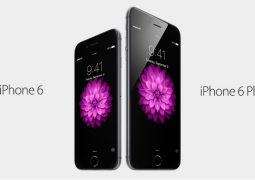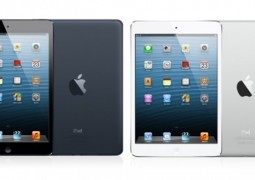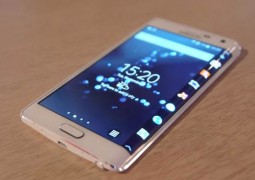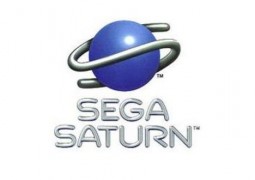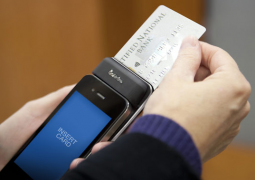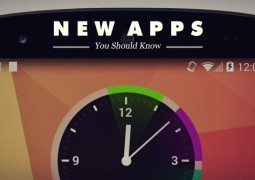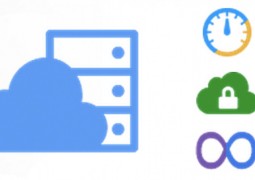Save To Drive Google Button Simplifies Cloud Storage
by 12 May, 2013 3:58 pm0

The Save to Drive button from Google is emerging as the hottest cloud storage tool among website developers and users. It allows a website visitor to view, save and store a wide range of files directly to their Google Drive accounts without first saving a copy on their desktop. The Save to Drive button recognizes and supports several file formats that are hosted on websites.
This includes documents, audio, video, images, graphics, codes, markups and lots more. The most popular file formats that it supports are the .pfd, .xls, .doc, .rar, .zip, .wml, .rtf, .sdc, .sxi, .sdd, .sxc, .ppt and many more. This is the one stop button that web developers and designers can add to the site for a richer user experience.
How the Save to Drive button works
Through the Save to Drive button Google is looking forward to a device that can become a leader in cloud storage. This button lets you click and save a file on any website and share it through your Google Drive account. Webmasters need only paste a few codes onto the site for the button to work for visitors. It comes with a ‘div’ tag and carries a whole world of supportive information through its JavaScript API. This allows web developers to manage the button better on their site and its individual pages and files. The JavaScript API also allows developers more flexibility in tweaking the button codes to suit their needs. The button is displayed on the website as programmed.
Although decidedly more advanced, its initial impression is like that of the Google +1 button. When a website visitor clicks on a file on the website, the Save to Drive button allows it to download a version of the end user’s browser. This copy is then uploaded to the user’s unique Google Drive account. There is no need to download and save a copy of the target file on the desktop. You can directly upload it to your Drive navigating cloud storage techniques.
 Purpose of the Drive
Purpose of the Drive
As the world moves towards mobile devices, the desktop is dying a natural death. In keeping with the times, Google has come up with a bunch of codes that make more sense to the on-the-go web user. There is no need to stuff the device memory with files. There is no need for any external storage device. You just hit the button and that’s that. Cloud storage does away with data corruption, loss and damage and the need to search high and low for each file.
The idea behind the Save to Drive button can be seen in Google another milestone product, Gmail. Gmail allows users to view any file that is sent as an attachment without having to save it first on the desktop. The file can also be converted to a Google Drive file if indicated by the user.
This service is already widely used by many other platforms like Delta Dental, Zen Payroll, Outbox and Google’s own Google Notes. The Save to Drive Button inches closer to the idea of a device that works only through the Internet, something more compact, smaller and more mobile.


